Simplified problem
I have ~40 resistors (all the same value +-5%) and I need to select 12 of them so that they are as similar as possible.
Solution: I list them in order and take the 12 consecutive with the smallest RMS.
The actual problem
I have ~40 resistors (all the same value +-5%) and I have to choose 12 pairs of them so that the resistance of the pairs is as similar as possible.
Notes
The resistance of the pair (R1,R2) is R1+R2. I do not really care about the programming language, but let's say that I'm looking for a solution in C++ or Python, the two languages I'm most familiar with.
